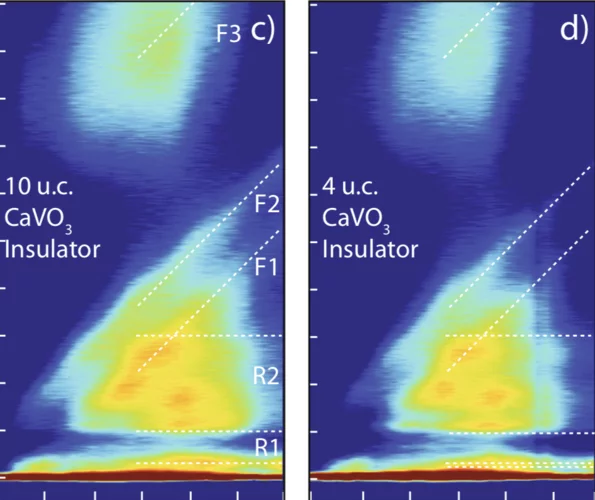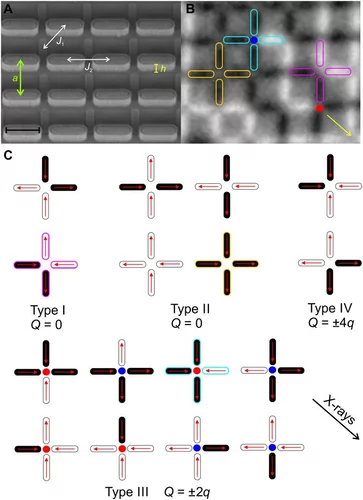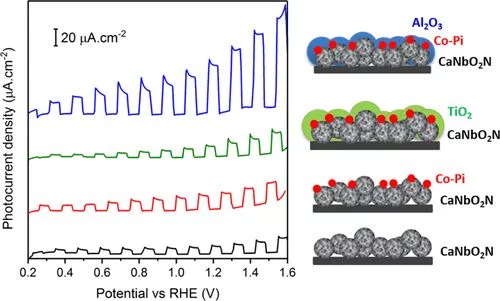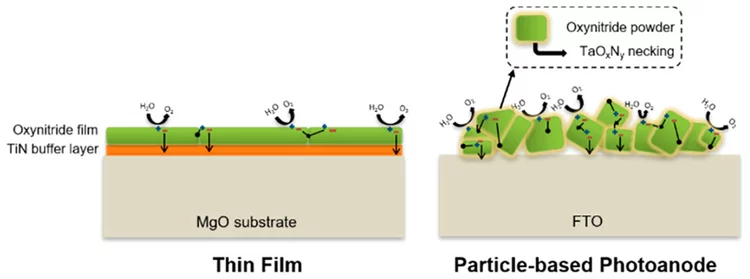Show filters
Electronic localization in CaVO3 films via bandwidth control
Understanding and controlling the electronic structure of thin layers of quantum materials is a crucial first step towards designing heterostructures where new phases and phenomena, including the metal-insulator transition (MIT), emerge. Here, we demonstrate control of the MIT via tuning electronic bandwidth and local site environment through selection of the number of atomic layers deposited.
Emergent magnetic monopole dynamics in macroscopically degenerate artificial spin ice
Magnetic monopoles, proposed as elementary particles that act as isolated magnetic south and north poles, have long attracted research interest as magnetic analogs to electric charge. In solid-state physics, a classical analog to these elusive particles has emerged as topological excitations within pyrochlore spin ice systems. We present the first real-time imaging of emergent magnetic monopole motion in a macroscopically degenerate artificial spin ice system consisting of thermally activated Ising-type nanomagnets lithographically arranged onto a pre-etched silicon substrate. factors are observed.
Improved Photoelectrochemical Water Splitting of CaNbO2N Photoanodes by CoPi Photodeposition and Surface Passivation
Photoelectrochemical (PEC) solar water splitting is a promising approach to convert solar energy into sustainable hydrogen fuel using semiconductor electrodes. Owing to their visible light absorption properties, oxynitrides have shown to be attractive photocatalysts for this application. In this study, the influence of the preparation method of CaNbO2N particles on their morphological and optical properties, and thereby their PEC performance, is investigated. The best performing CaNbO2N photoanode is produced by ammonolysis of Nb-enriched calcium niobium oxide.
Oxynitride Thin Films versus Particle-Based Photoanodes: A Comparative Study for Photoelectrochemical Solar Water Splitting
The solar water splitting process assisted by semiconductor photocatalysts attracts growing research interests worldwide for the production of hydrogen as a clean and sustainable energy carrier. Because of their optical and electrical properties, several oxynitride materials show great promise for the fabrication of efficient photocatalysts for solar water splitting. This study reports a comparative investigation of particle- and thin-film-based photocatalysts using three different oxynitride materials.




